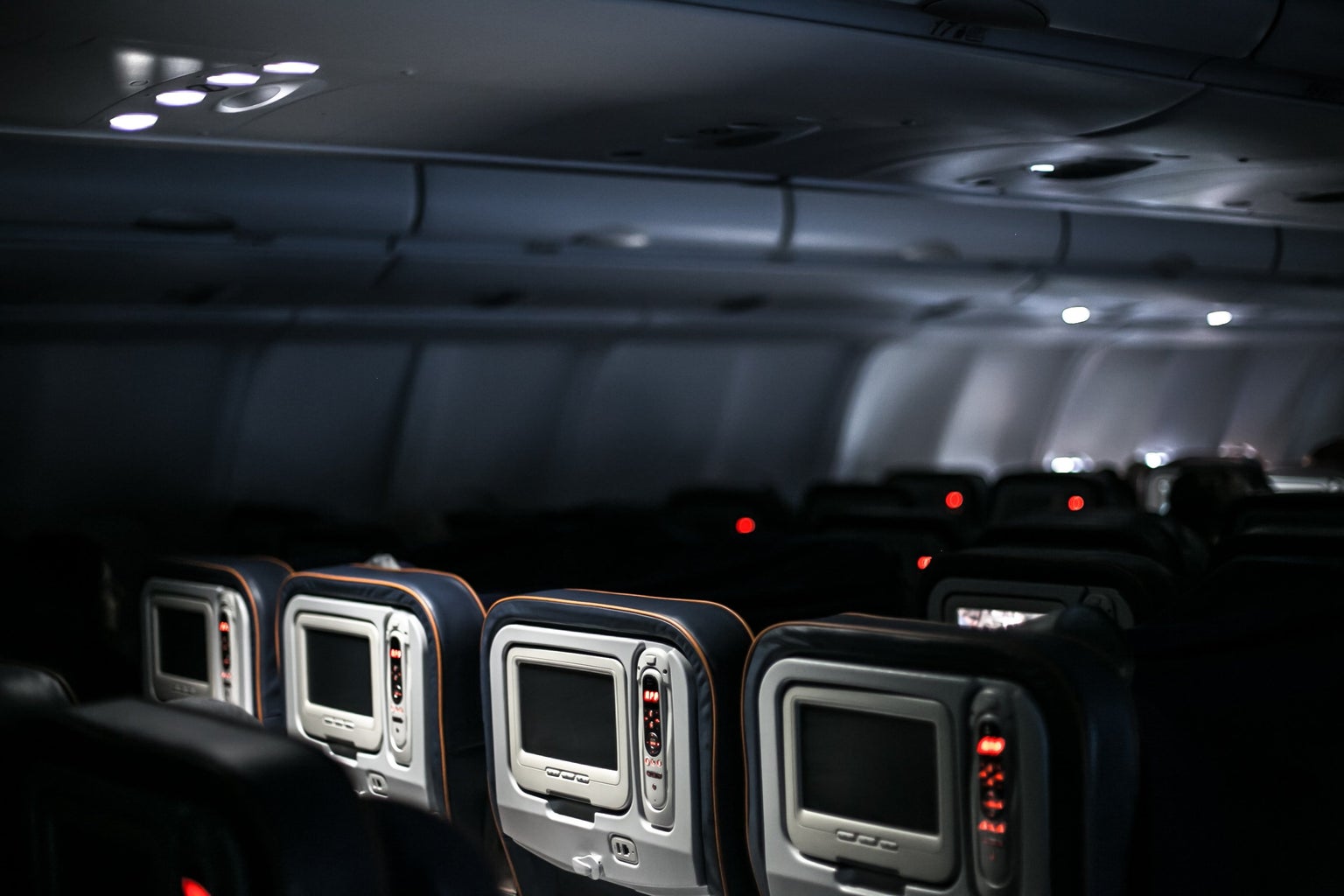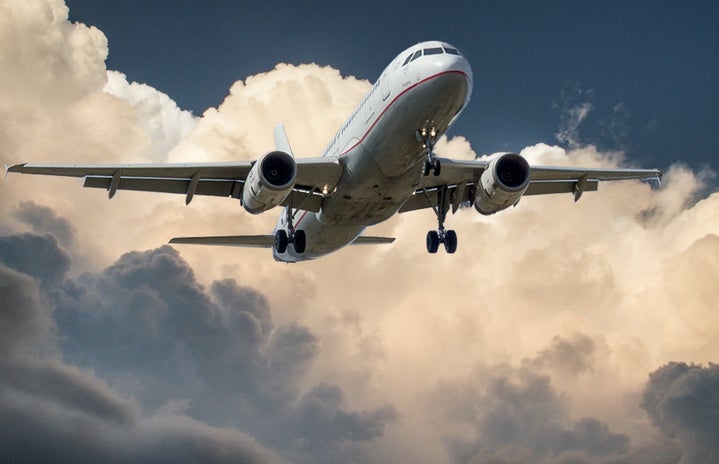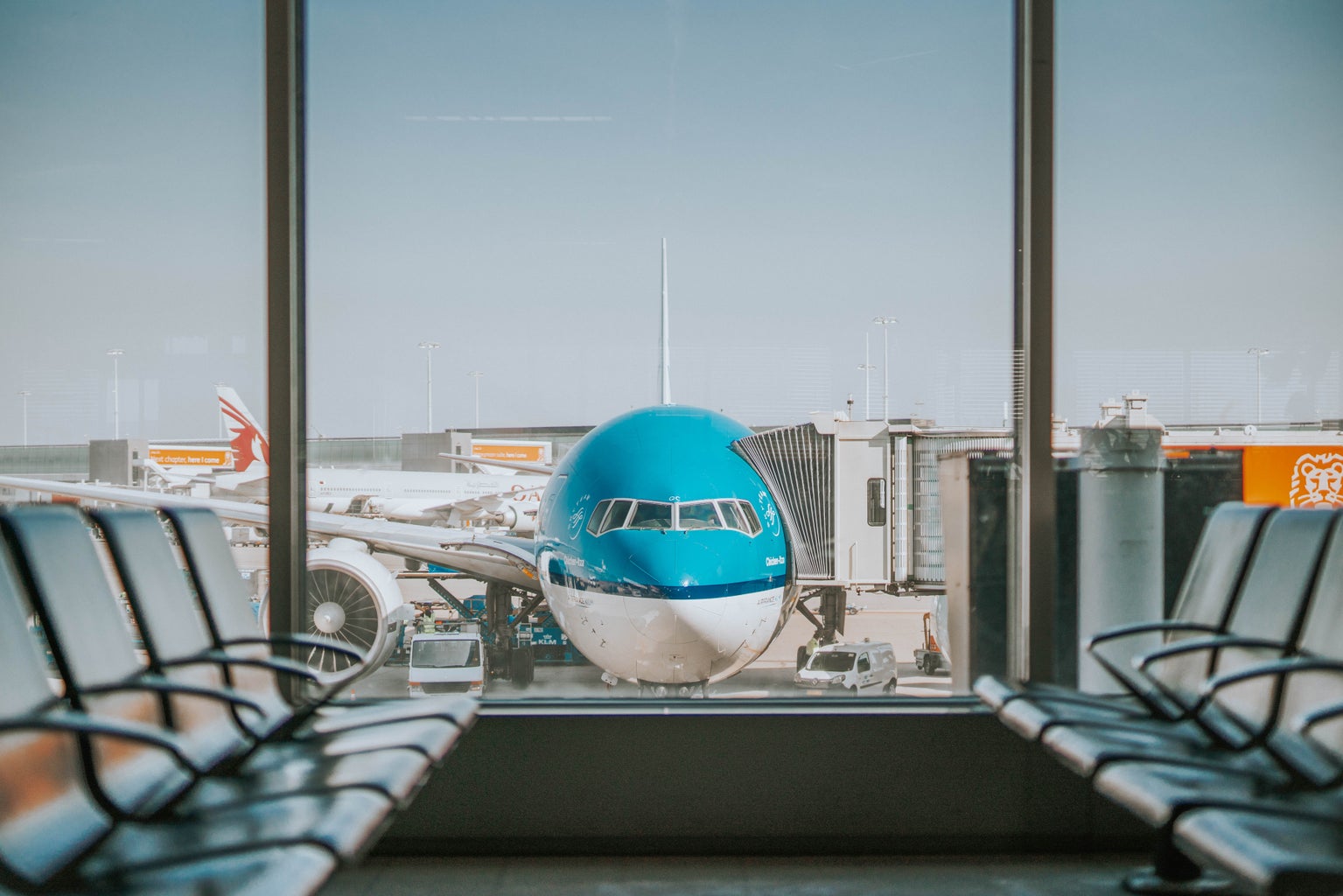After being in lockdown for the past several months, many industries have been put on pause. The ultimate question looms over us: what happens next? Lockdown restrictions have been eased in most parts of the world and people are eager to get back to their normal lives. Part of that includes traveling to other parts of the country and beyond. So, what has the airline industry done to combat the coronavirus, and is it finally safe to fly?
Firstly, it should be noted that traveling increases your chances of exposure to COVID-19. If you have COVID-19 or were exposed to it by another individual, you should NOT travel under any circumstances. You will always be better off staying home than going anywhere else. You also may not be able to travel internationally just because you have the means to. Most countries have set at least partial restrictions to prevent the spread of coronavirus.

Airports in the United States have set new guidelines to ensure the health and safety of the public:
- Social distancing: Social distancing is enforced whenever and wherever possible. This has been done by increasing the amount of checkpoints in security lines, as well as increasing the physical distance between passengers as they enter a security queue. Many airports have designated seating for groups traveling together who will not social distance. Otherwise, there are designated areas to sit and to not sit.
- Reduced Physical Contact: Instead of passing your boarding pass to a TSA agent by hand, airports have incorporated document scanners to verify your identity and traveling materials.
- Personal Protection: Most airports require travelers to wear masks, and TSA officers are also required to wear masks and gloves while communicating with passengers.
- Hand Sanitizer: The 100 ml liquid rule has been lifted, so passengers may bring oversized hand sanitizers along with them on board.
The good thing is, it is harder to spread COVID-19 on an airplane due to the circulation and filtration of the air. Basically, if you did not contract the virus right before entering the plane, there is a very low chance of contracting it right after getting off the plane. Of course, this completely negates the possibility of airplanes transporting COVID-19 positive individuals geographically. Most commercial planes have HEPA filters, which capture 99.7% of airborne particles. Another effective measure is keeping the middle seat open, present on Delta, Southwest, and JetBlue flights.
So, is it safe to travel? To be honest, it depends. WHO and CDC guidelines discourage nonessential travel but recognize that air travel may be safer than other forms of public transportation. If you are safe and abide by the rules, traveling short distances is probably a-ok.




